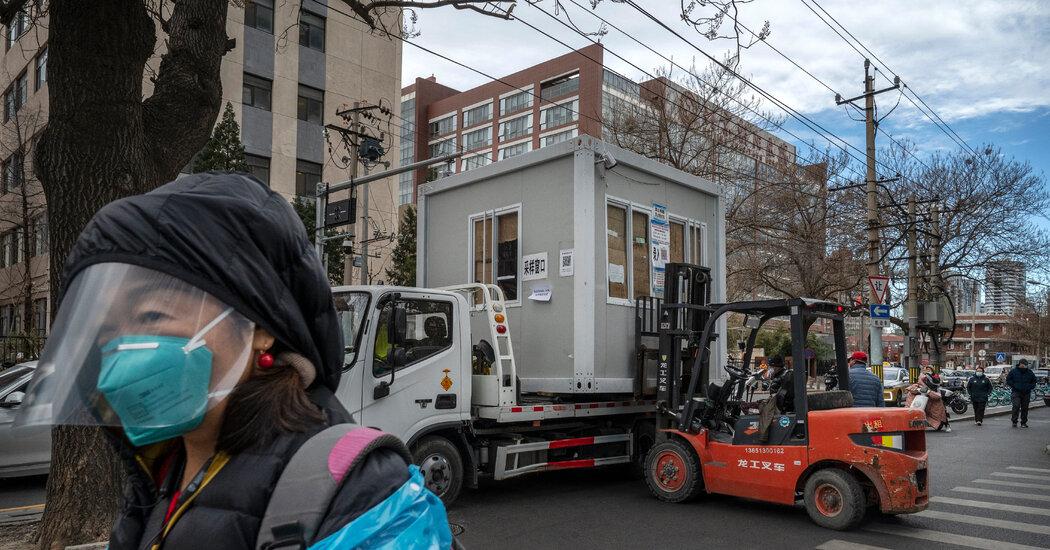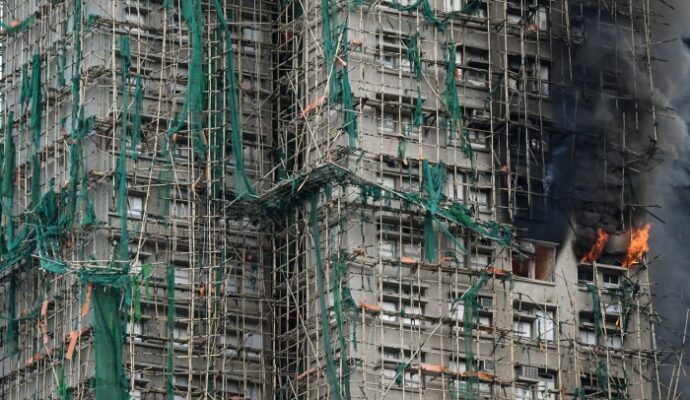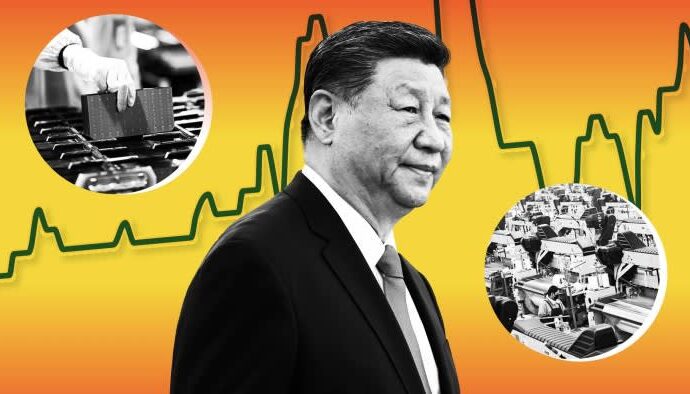
In a stunning turn of events, China announced a broad rollback of its “zero Covid” policies today, an implicit concession to public protests last month that posed the most widespread challenge to the ruling Communist Party in decades.
The move seems to be an attempt at a tactical, face-saving retreat for China’s leader, Xi Jinping, without acknowledgment that widespread opposition and mounting economic difficulties forced his hand. China’s state media depicted the move as a planned transition after the zero-tolerance approach secured a victory over a virus that has now weakened.
The new policy takes aim at some of the most onerous pandemic measures:
The government appeared to retain the power to impose lockdowns, but only on buildings, floors or units rather than neighborhoods, districts or cities. Such confinements would be lifted if no new positive cases were detected for five consecutive days.
While not a complete dismantling of “zero Covid,” the changes loosen measures that have dragged down the economy by disrupting daily life for hundreds of millions of people, forcing many small businesses to close and driving youth unemployment to a record high. The changes also try to alleviate public anger against the system of digital surveillance used to track and limit the movements of practically everyone.
For many in China, the relief was immediate. People flocked to Chinese social media to post comments like, “I’m crying, I’ve waited for three years.” Ctrip, a Chinese travel booking site, said that searches for air tickets had more than doubled on its platform.
One migrant worker who protested against a lockdown last month at an iPhone manufacturing complex in central China said he was elated by the news. “Our voices are finally heard,” he said. “We workers no longer have to be locked up, starved and suppressed.”
The protests of late November showed how drastically “zero Covid” had undermined the party’s public support. For many, the expansive pandemic measures became the clearest example of the excesses of Xi’s authoritarian tendencies.
More important, the economic slowdown caused by “zero Covid” undermined a key tenet of the party’s rule: That in exchange for democratic freedoms, the people would enjoy steady economic growth and the chance at a better life. The strict controls have also become harder to justify as rapidly spreading Omicron variants have continued to slip through, and especially as the rest of the world had increasingly adjusted to living with the virus.
Understand the Protests in China
Xi “may still insist that he was right with ‘zero Covid’, but by force of circumstances, he has no choice,” said Willy Lam, a senior fellow at the Jamestown Foundation, referring to the recent protests and the reeling economy. “They’re now trying to cover up the mistakes they had made by finally telling the truth to the public that the Omicron variant is not life-threatening.”
A Pandora’s box in China
As Omicron spread across the globe this year, China’s ability to keep the virus under control gave it valuable time to prepare for the inevitable arrival of the variant. But rather than laying the groundwork for that scenario, China stepped up its commitment to “zero Covid,” deploying snap lockdowns and contact tracing.
In the meantime, daily vaccinations fell to record lows, critical-care beds remained in short supply and research on homegrown mRNA vaccines failed to keep up with the fast-mutating virus.
Now, China is in a bind. As lockdowns lift, schools reopen and people try to resume normal life, the country could confront a catastrophic surge of infections.
A huge percentage of the nation’s elderly remain vulnerable, scientists say — just two-thirds of people ages 80 and older are vaccinated, and only 40 percent have received a booster dose — and a surge in deaths and hospitalizations may occur. Making matters more difficult, China’s last major vaccination push was in the spring, making it eight months or more since the last dose for many recipients.
If cases keep climbing, gaps in vaccine coverage could pile more pressure on hospitals that may also need to confront a winter cold and flu season. China has fewer intensive-care beds per capita than many other Asian countries.
Even if China moves at lightning speed to boost its vulnerable populations, it will need a few months to vaccinate at the level needed for reopening, and it takes a few weeks for protection from vaccines to kick in, said Siddharth Sridhar, a virologist at the University of Hong Kong.
“If they are considering a pivot, they need to bolster their defenses, because a storm is coming,” he said.
Was this email forwarded to you? Sign up here.
What else we’re following
Coronavirus
R.S.V.
R.S.V. cases seem to be leveling off, experts said, but flu cases continue to climb, The Hill reports.
Ebola
Uganda discharged its last known Ebola patient from the hospital last week. That’s great news for the country, but it will affect research on experimental vaccines that could prevent a future outbreak, Science reports.
Other viruses
Research suggests cold air damages the immune response in the nose, which could be why there are more cold and flu cases in the winter, CNN reports.
Your Covid diaries
Spring 2020, Green Brook, N.J. Being in China while I was on leave from college; visiting my ailing grandparents; being shuffled through paranoid airport security measures after arriving in the States as quarantine measures were being imposed to prevent Covid from spreading — these were among the most liminal moments of my life. I never took on Asian hate crimes because of Covid as a personal banner, because the phenomenon of Covid seemed more lived-in, more global somehow. Yet as soon as I landed in the States, it all came rushing back — the politics, the drama, the way I both saw myself as uniquely autonomous and other. Race is so weird here. — Carrie Zhang
Thanks for reading. I’ll be back Wednesday. — Jonathan
Email your thoughts to virusbriefing@nytimes.com. Did a friend forward you the briefing? Sign up here.


